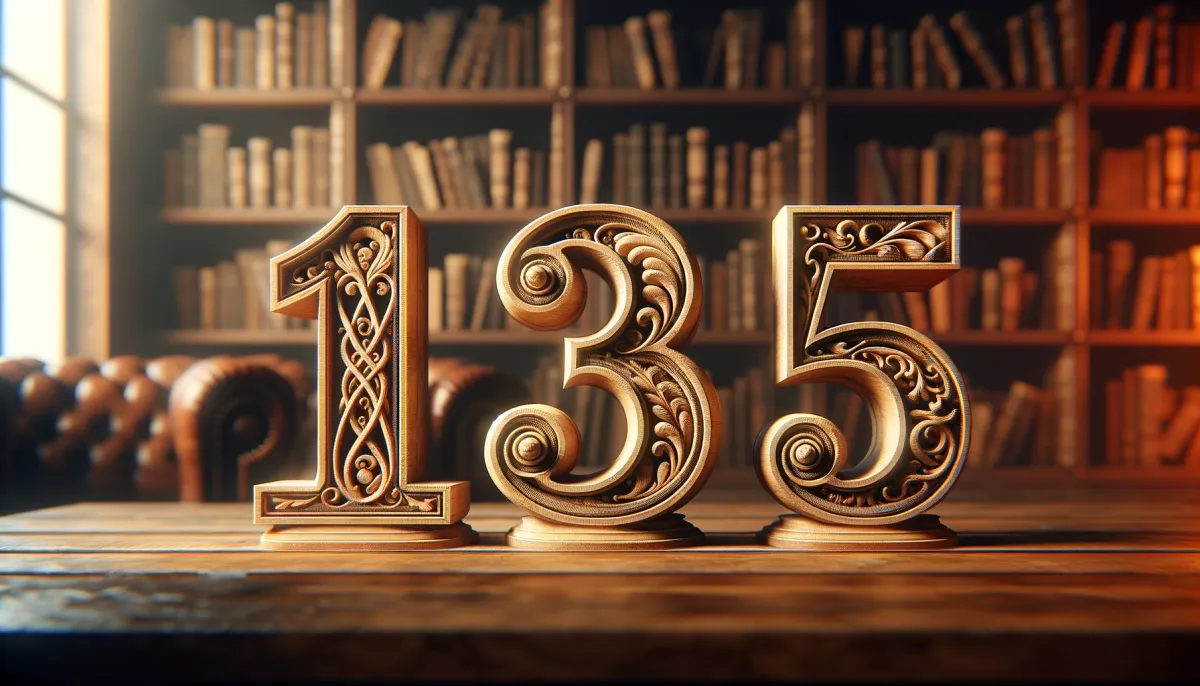About the great power of counting

🌈 Abstract
The article discusses the power and importance of counting, highlighting how it enables us to structure our activities, identify patterns, and gain valuable insights. It explores various examples, from the role of counting in the development of written language to its impact on census-taking and the mapping of countries. The article emphasizes that counting is a fundamental skill that has shaped our understanding and interaction with the world around us.
🙋 Q&A
[01] About the great power of counting
1. What are some of the common and almost invisible phenomena that people often ignore, according to the article?
- The solid ground under your feet
- Gravity
- Air
- Microorganisms
- Plants
- Animals
2. How does the article illustrate the importance of air and its absence? The article provides an example from the book "Babakin Craters" where the radio operator Mikhail Sinitsa reports to Georgy Babakin about some lamps, and Babakin's response highlights how the lamps would work in the vacuum of the moon, even if the balloon encasing them were to break or evaporate.
3. How does the ability to count something open up amazing possibilities for us, according to the article? The article states that the ability to count something allows us to structure our activities very well, such as in the example of the author's daughter trying to solve a computer game puzzle. It also enables us to assign numbers to plants, which helps with order of care, quick identification, and optimization of the care process.
4. What are some examples provided in the article of how counting was viewed with horror or dread in the past? The article mentions that during the times of the Golden Horde, the population of the captured countries "met the scribes with hatred" and fell into "great grief" after the census, as the local rulers would exploit the population through endless extortion and brutal crackdowns.
[02] Counting and the mapping of France
1. What was the key challenge in the national triangulation of France undertaken in 1668? The most difficult challenge was to accurately measure the baseline, which Abbé Jean Picard did by using an 11km stretch of straight road on the outskirts of Paris, measuring it meticulously with wooden rods.
2. What was the impact of Picard's triangulation on the perceived size of France? The triangulation revealed that the French coastline was significantly nearer to Paris than had previously been thought, much to the displeasure of King Louis XIV, who remarked that Picard's work "has cost me a major part of my realm!"
3. How extensive was the triangulation of France, and what was the result? The triangulation continued for a century after Picard's death, until France was covered by 400 triangles. The resulting map of the nation had more detail than any previously made, with almost the same scale as the standard yellow Michelin tourist maps available now.